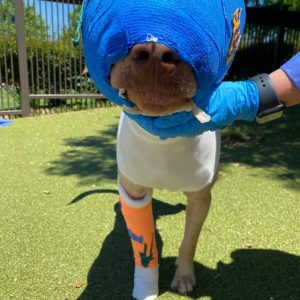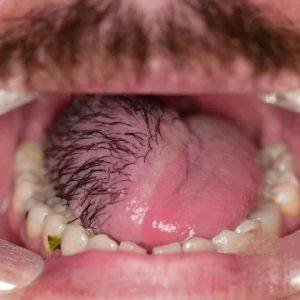Bulging veins aren’t always dangerous, but they can signal health problems. They often appear from “excessive exercise, aging, hot temperatures, tight clothing, genetics, sun exposure, and being overweight.” Sometimes harmless, they should be checked if accompanied by discoloration.
Veins bulge when blood pools in weakened or damaged veins instead of flowing back to the heart. This can lead to **varicose veins**—swollen, twisted veins usually on the legs but also on the arms. Cleveland Clinic notes they are often caused by hormonal changes, pregnancy, obesity, genetics, smoking, or sitting/standing for long periods.
Treatments may include **compression stockings, leg elevation, injection therapy,** or surgery, depending on severity. If left untreated, varicose veins can cause **venous ulcers**—slow-healing ankle wounds due to poor circulation.
Another risk is **blood clots**, which may develop into **deep vein thrombosis, superficial thrombophlebitis,** or **pulmonary embolism**. These require urgent medical attention.
Prevention isn’t always possible, but risk can be lowered by staying active, losing weight, quitting smoking, and avoiding tight clothing around the waist. As experts warn, knowing when to seek help is key to protecting vein health.




